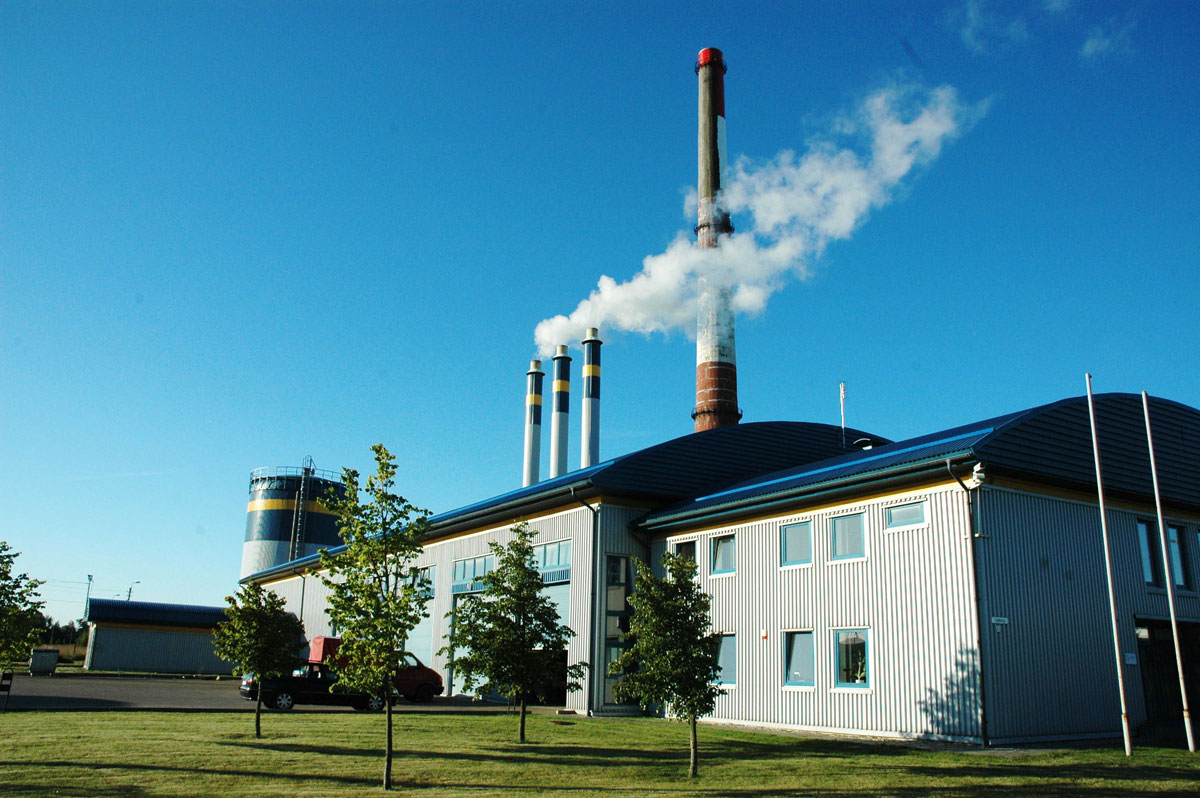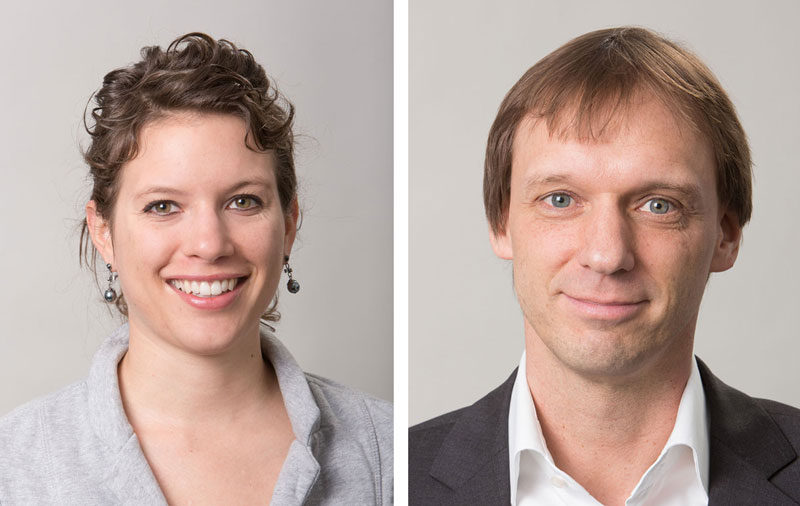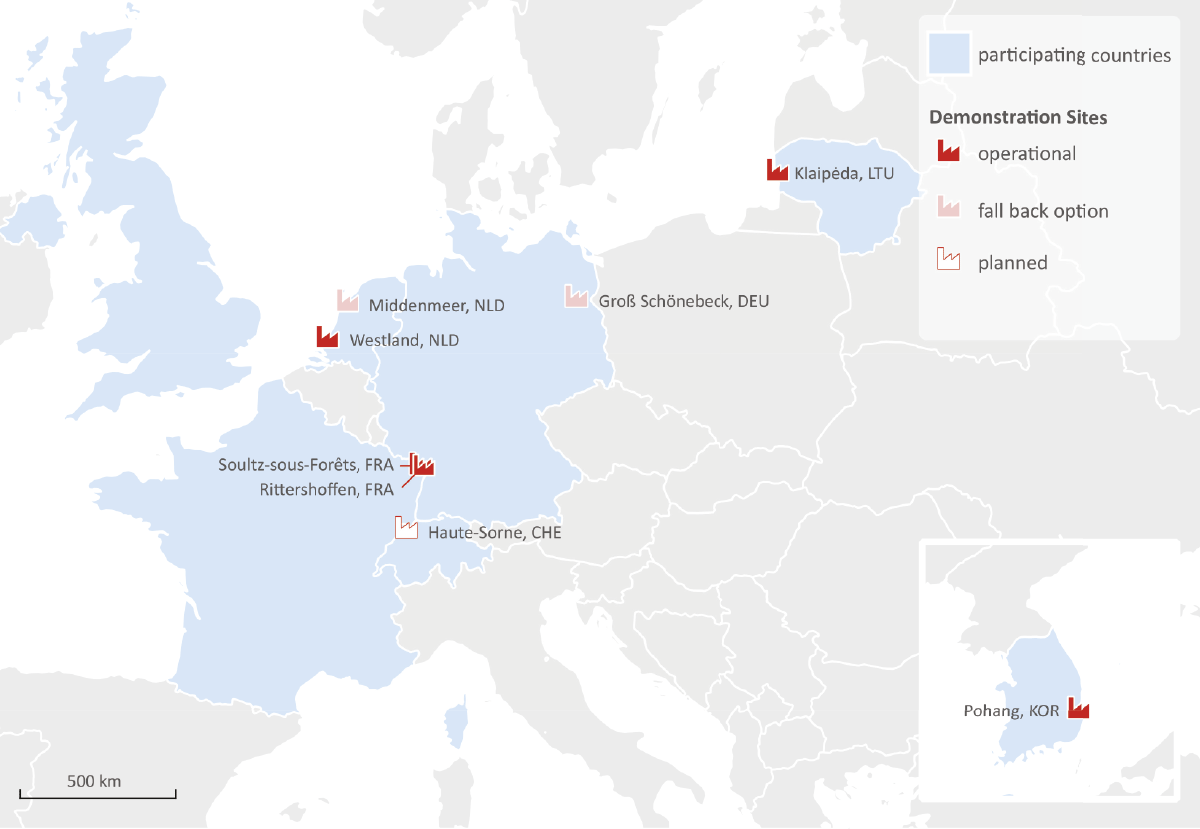Geothermal Energy – A Community Effort

5 October 2016 - by Michèle Marti and Stefan Wiemer
How to use the Earth’s interior heat in an environmentally friendly, economically successful and sustainable way? Switzerland is considering this question in its Energy Strategy 2050, and it’s far from alone – the wider European community is also making sure geothermal energy is part of the future energy mix. The international project DESTRESS will evaluate methods and feasibility.
Numerous universities and companies throughout the world are researching and developing deep geothermal projects to generate electricity and heat. Despite some success stories in areas with geologically advantageous conditions, as are found in the Munich area or in volcanic areas, these projects have shown that it is not easy to successfully realize deep geothermal energy plants. The range of possible stumbling blocks extends from failures in the exploration stage, the discovery of reservoirs with insufficient permeability and productivity, to the triggering of earthquakes, which often leads to collective resistance in the population.
The SCCER-SoE is intensively researching this topic, for example in the Grimsel rock laboratory (ISC experiment “In-situ Stimulation and Circulation”). Accordingly, pilot and demonstration projects remain the most important element to test and improve the technology and support social acceptance. However, it takes typically five to ten years to construct a deep geothermal project. At present, there are only a few projects at an advanced stage in Switzerland. In this context, wider international and especially European cooperation can make an important contribution to the success of these developments. The United States has established the FORGE project, while the EU in particular sees deep geothermal energy as a key technology for the future sustainable energy landscape and is supporting numerous projects. One example is DESTRESS, which is funded under the EU Programme Horizon 2020 and involves six European countries and South Korea. By developing and testing measures and methods that are well-suited to the particular conditions of the various demonstration sites, DESTRESS will enable environmentally friendly usage of the local geologic underground, and thereby pave the way for economically successful and sustainable geothermal development.
Success factors
DESTRESS focuses on “enhanced geothermal systems” (EGS), thus, petrothermal systems developed through the application of hydraulic stimulation in the deep underground: The injection of high-pressure water leads to the creation of an artificial reservoir, in which fluid circulates and is warmed. In comparison to hydrothermal systems, EGS have the advantage that they don’t rely on the exploitation of existing aquifers, and are thus in principle independent of location. The success of such projects depends on three essential factors: geology, profitability, and society.
Geology – a hard nut to crack
The permeability and productivity of a geothermal reservoir and the possibility of induced seismicity are central to the geologic and economic success of a project. Many earlier deep geothermal wells have failed as a result of low rates of fluid production, which made the projects economically unprofitable. Therefore, DESTRESS is conducting testing at various sites to determine the impact of a combination of hydraulic, thermal, and chemical stimulation methods to enhance the productivity of a geothermal reservoir. Additionally, new drilling technologies are applied: The so-called “multistage stimulation method” generates multiple horizontal side arms branching off from a single wellbore to increase the efficiency of the system. Although small earthquakes are necessary during stimulation to increase the rock permeability to the desired extent, the trick is to produce sufficiently small shocks without triggering earthquakes that could cause damage. To achieve this goal, DESTRESS employs methods like adaptive traffic light systems, which have been intensively studied in Switzerland in recent years. These are based on a dense seismic observation network, combined with statistical and physical prediction models. Coupled with measures that trigger warnings when specific values are exceeded, DESTRESS aims to reduce the seismic risk to an acceptable level.
Sharing knowledge
Geothermal energy projects have relatively high upfront investment costs. Besides sufficient productivity, profitable projects must have acceptable effects on society and the environment. In order to achieve social acceptance and comply with regulatory requirements, a comprehensive analysis and transparent interpretation of the risk associated with geothermal projects is indispensable. Under DESTRESS, innovative approaches and methods are being developed and tested at demonstration sites with different geological conditions. An important element is to make knowledge available to a wide audience in the form of “best practices”. This will make it easier for all who plan or operate an environmentally friendly, economically successful and sustainable geothermal project in Europe or elsewhere.
You can also find this blog post in the Zukunftsblog of ETH Zurich.
Authors

Michèle Marti und Professor Stefan Wiemer of the Swiss Seismological Service at ETH Zurich jointly manage the DESTRESS work package on communication. ETH Zurich is also involved in all other aspects of DESTRESS through the work of Professors D. Giardini, T. Driesner, M. O. Saar and S. Wiemer.

